Day One
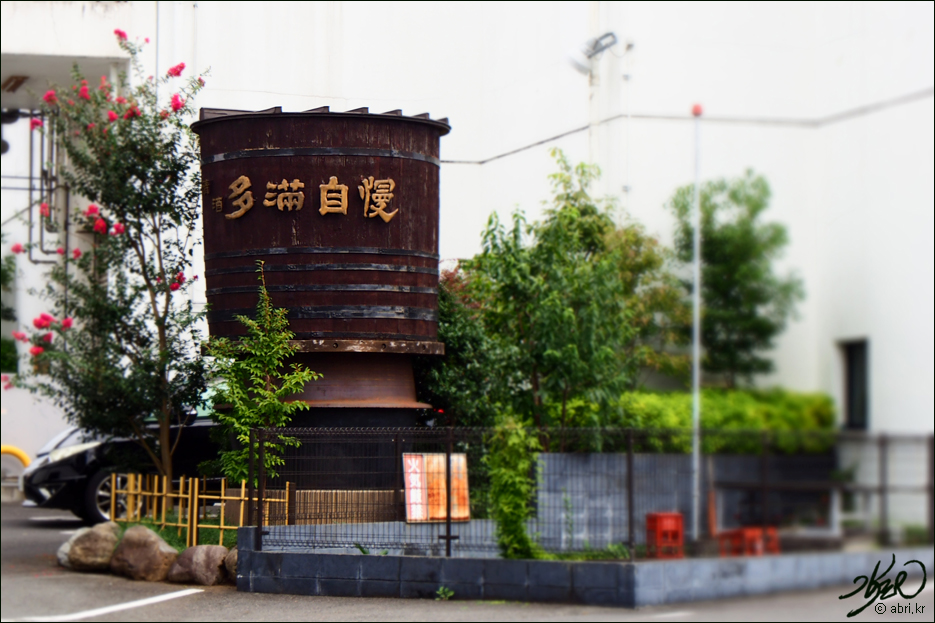
Ishikawa Shuzo (石川酒造)
Visit Ishikawa Sake Brewery, which produces jiju, the traditional sake represented by jibiru.
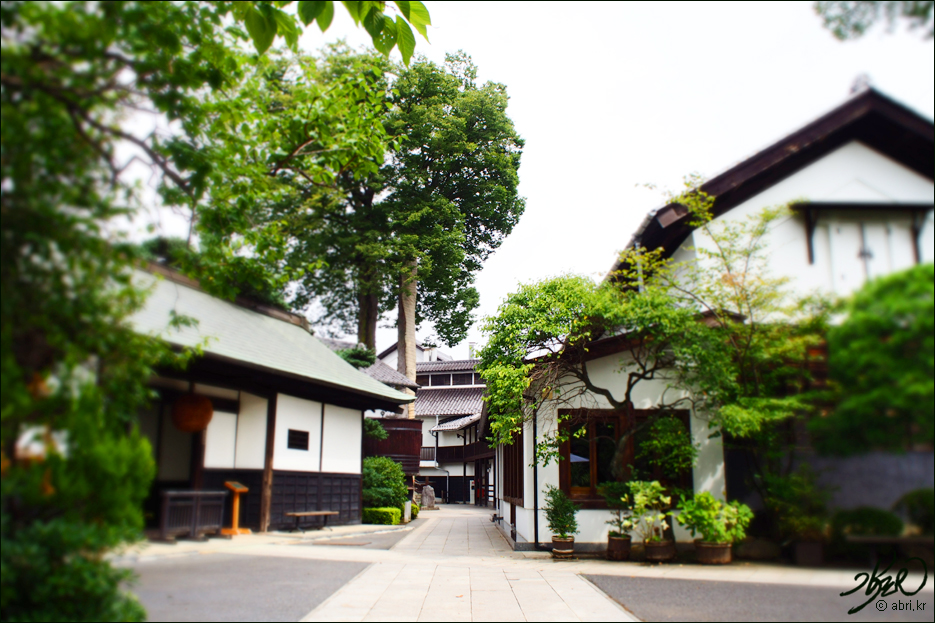
The brewery
As a historic place dating back to the Edo period, the brewery building with its traditional Japanese architecture of white walls and black roof was very impressive.
The spacious building houses everything from a history museum to a sake cellar, a Japanese restaurant, and a restaurant where you can try Tokyo jibiru.
The spacious building houses everything from a history museum to a sake cellar, a Japanese restaurant, and a restaurant where you can try Tokyo jibiru.
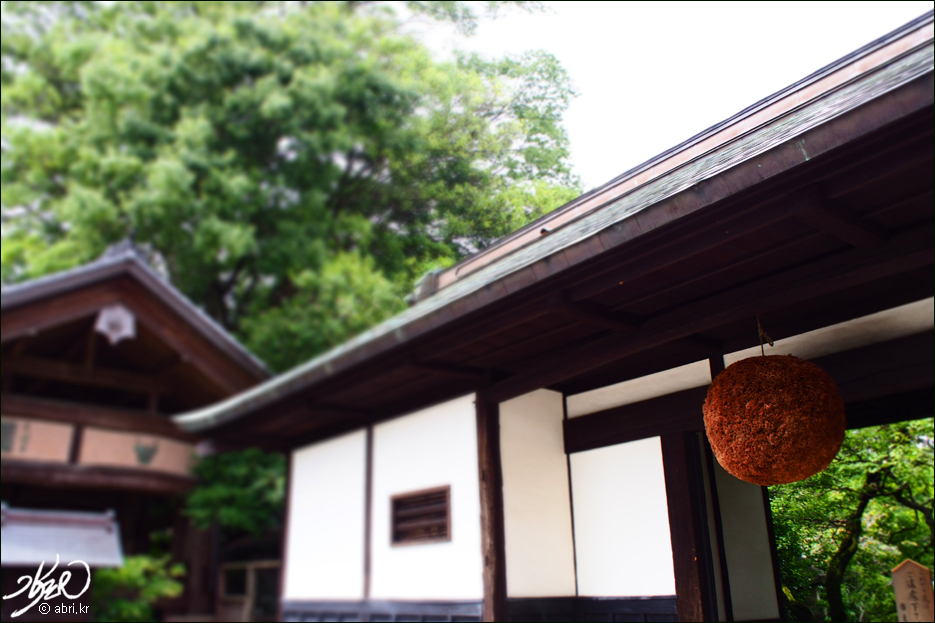
A giant circular mass
That giant circular mass is where you look to see if they've had a good year of sake or not.
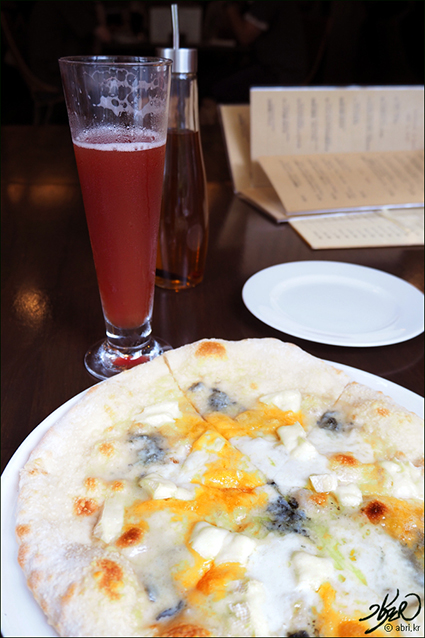
Fussa Restaurant
The Fussa restaurant in particular is very popular locally and is considered a hidden gem unknown to tourists, so even though it was early in the week, the place was already almost full.
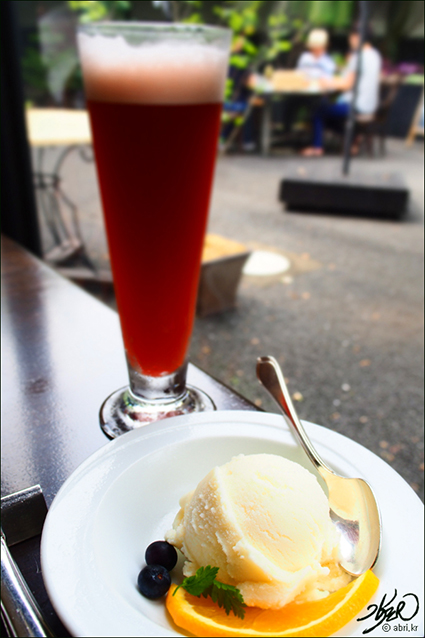
Blueberry Ale
In September, the first seasonal beer to appear in early fall was the Blueberry Ale, a reddish-purple beer with a deep beer flavor and the sweetness of blueberries and the tartness of the fruit. I really liked the sweet, but not too sweet, mature flavor and aroma.
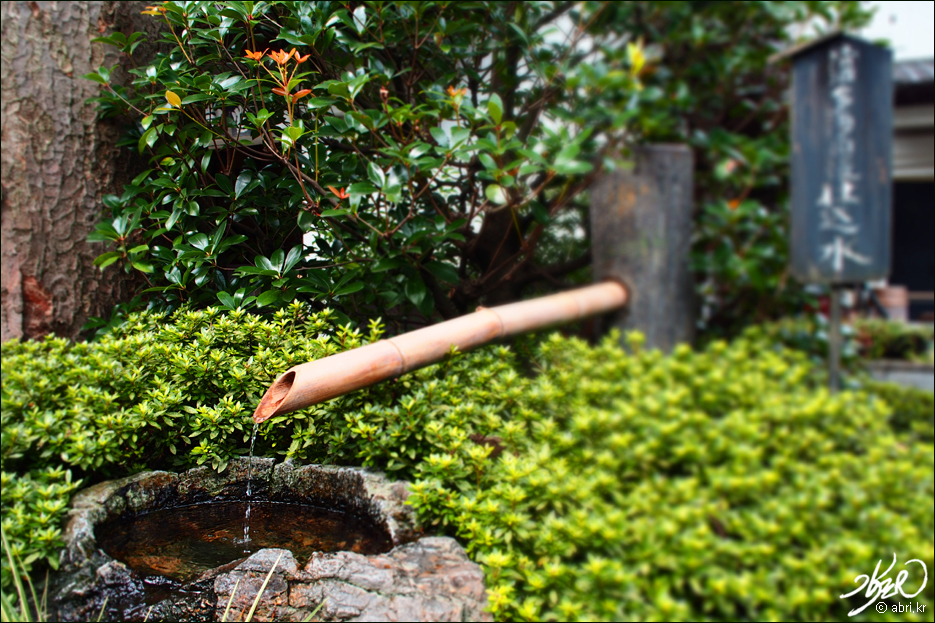
Minami Inari Shrine
Starting with Minami Inari Shrine, right in front of Ishikawa Sake Brewery, we learned about the local history.
We also went on a walking tour of the Tamagawa River on a course that allowed us to enjoy a little bit of the natural scenery.
We also went on a walking tour of the Tamagawa River on a course that allowed us to enjoy a little bit of the natural scenery.

Cats of Senjuin
We played for a while with Senjuin's cat, who greeted us with a "welcome to my house" look...
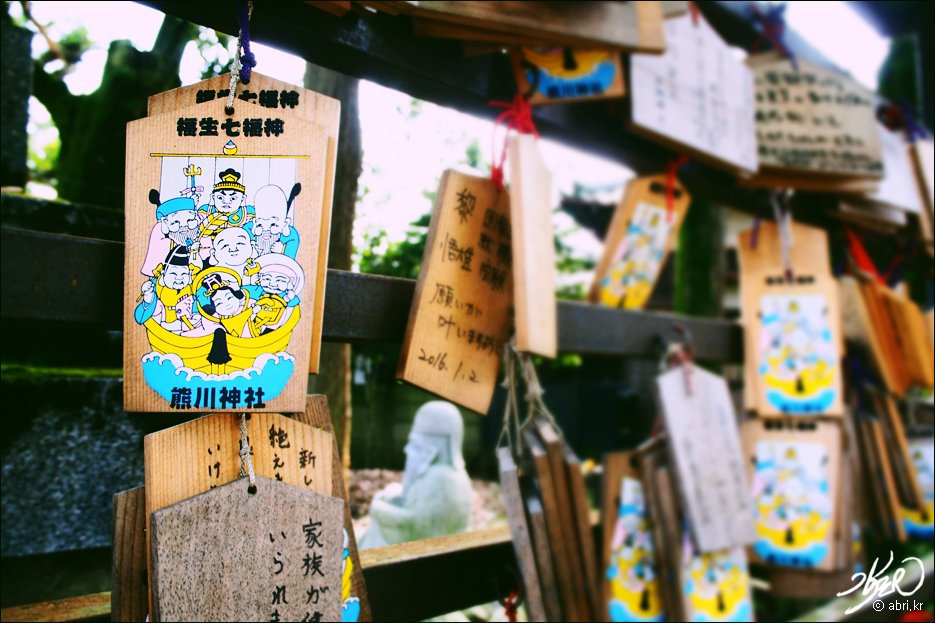
Kumakawa Shrine
At Kumakawa Shrine, we explored every nook and cranny in search of the seven lucky gods.

Nikkobashi Park
We walked slowly through the lush greenery of Nikkobashi Park back to Haijima Station.

If you're looking for a retro pastel color scheme and a quaintly Japanese-American vibe, that's the way to go.

